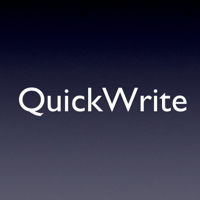The recently released NAEP report suggests that only about one-third of our eighth graders and about one-quarter of the nation’s high school seniors are proficient writers. The results are not much better than the results of the NAEP’s last report in 2002. More
If we want to bring these numbers up, students should be writing on a daily basis in all of their classes. So how do we give students more opportunities to hone their writing skills without overburdening our secondary teachers with loads of papers to grade?
Why not use the QuickWrite strategy.
- As students enter class, they see a prompt on the front board that requires them to revisit a previously lesson. This makes more productive use of the opening minutes of class where teachers are usually tied up in “housekeeping” tasks.
- Students are trained to write briefly, but in complete sentences.
- After five minutes, selected students read their answers aloud to the class. Students are instructed to read exactly what they have written. This requires quick organization of thoughts and prevents rambling oral replies.
The QuickWrite is followed by short discussion. Teachers call on volunteers, drawing out divergent viewpoint:
- “Does anyone have a different idea?”
- “How did those two students’ QuickWrites differ?”
- “What do these QuickWrites tell us we should study today?”
This strategy stimulates students’ higher-order thinking about a concept from the previous day. Teachers can easily check for understanding before beginning a new lesson. The class is now ready to link this newly anchored understanding to the content of the upcoming class.
Most importantly, a QuickWrite gives students a chance to evaluate what they think is significant and share what they’ve learned with their peers. It restructures the typical teacher-led discussion that too often finds the teacher playing “guess what I’m thinking?”
For more ideas and resources, visit my literacy posts on this blog.


